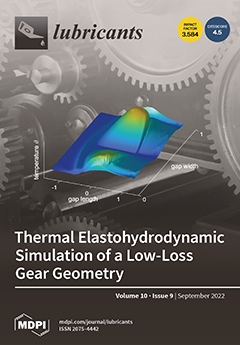The strongest among the all-aluminum alloy series is 7xxx due to its unique composition of alloying elements, making it perfect for automotive and aerospace applications. The present research included manufacturing of Si
3N
4 reinforced aluminum alloy (AA) 7068 nanocomposites via stir
[...] Read more.
The strongest among the all-aluminum alloy series is 7xxx due to its unique composition of alloying elements, making it perfect for automotive and aerospace applications. The present research included manufacturing of Si
3N
4 reinforced aluminum alloy (AA) 7068 nanocomposites via stir casting combined with ultrasonication, followed by a bottom pouring technique. The Si
3N
4 reinforcement has been conducted in different fractions (0.5, 1, 1.5, and 2%) by weight. The microstructure characterization of prepared composites was conducted using FESEM, EDS, and elemental mapping. The microstructure of the AA7068 matrix was significantly refined after incorporating Si
3N
4 nanoparticles. The hardness of alloy increased with reinforcement addition and maximized at 1.5 wt.% due to the combined effect of hard Si
3N
4, difference in thermal co-efficient, Hall-Petch, and Orowan strengthening mechanism. The wear resistance significantly increased after incorporating (Si
3N
4)np in the alloy by increased load-bearing capacity and hardness of nanocomposites. The wear of alloy and nanocomposites is mainly due to the adhesion, two-body, and three-body abrasion mechanism. Optimization of wear parameters was completed using the Taguchi approach. The L-25 orthogonal array was selected to perform the wear test, and, later, the ANOVA tool was used to understand the percentage contribution of each factor. The load has the maximum contribution of 65.67%, followed by reinforcement wt.% and sliding distance. Minimum wear loss was noticed when the wear test was conducted on optimum wear parameters (1.5 wt.% reinforcement, 10 N load, and 400 m sliding distance). Hardness and wear behavior were oppositely influenced by the clustering of particles found at 2 wt.% nanocomposites.
Full article





